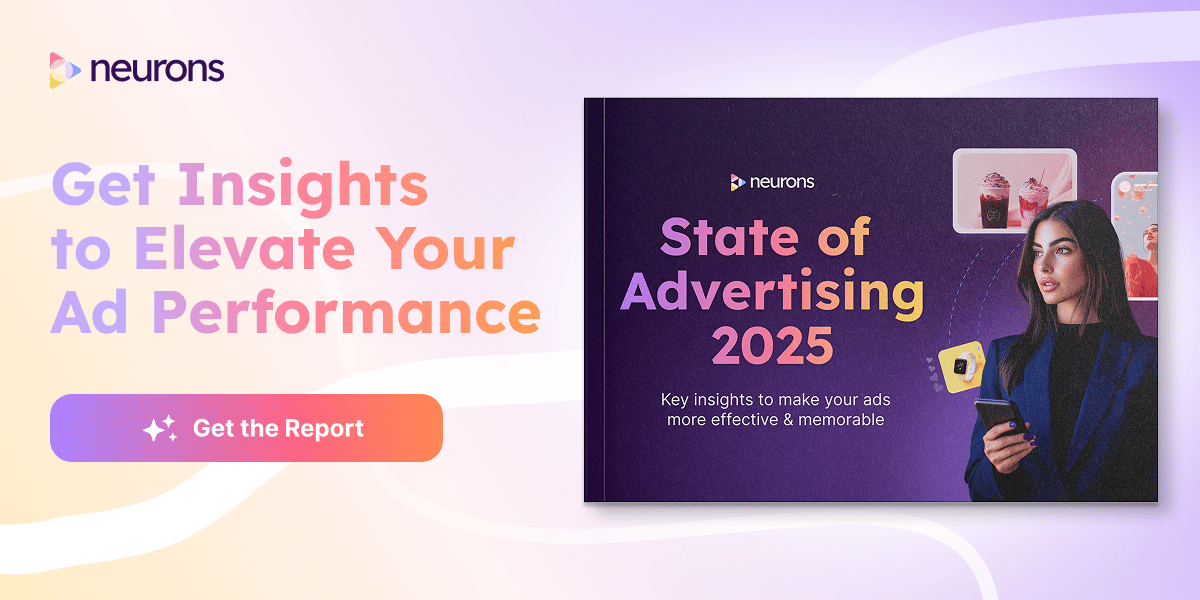AI CHAT
OpenAI’s new feature hints at a future where thinking becomes a shared act.

OpenAI’s global rollout of ChatGPT group chat looks modest at first.
A place where people and custom GPTs talk together.
But beneath the interface is something more meaningful, a shift from AI as your personal assistant to AI as a participant in collective work.
It’s a small product update with big cultural implications.
A new kind of collaboration
Until now, AI lived mostly in private threads, useful, but siloed.
Group chat turns ChatGPT into a shared cognitive space where multiple humans and multiple specialized GPTs can work side by side.
A strategist could summon a research GPT.
A designer could bring in a concepting GPT. Everyone sees the same inputs and outputs.
Why it matters: Shared intelligence becomes a team asset, not an individual advantage.
Fixing the context gap
Teams have been hacking AI collaboration through screenshots, Slack forwards, and endless copying of prompts.
None of it scales. Group chat removes the friction.
Everyone sees the same evolving thread, the same assumptions, the same corrections.
Why it matters: When context isn’t fragmented, decisions speed up and misunderstandings drop.
The psychological shift
Putting an AI inside a group conversation changes how people behave.
Prompting becomes a social skill.
Asking the AI feels less like using a tool and more like consulting a teammate.
That’s a subtle but significant rewrite of workplace norms.
Why it matters: We may soon design roles around how well someone collaborates with AI, not just uses it.
AI as social software
The tech world is rediscovering that real adoption happens through shared experiences, not isolated ones.
Meta puts AI into every chat. Google threads Gemini through Docs and Meet.
OpenAI now creates a collective workspace with an always-available assistant.
Why it matters: Work platforms are evolving from messaging tools with AI features to AI environments where messaging happens.
Reflection
What feels most interesting here is the invitation.
Group chat nudges us to think together again, with a new kind of companion in the room.
Not replacing the team, but amplifying what a team can do when everyone sees the same page at once.
The future of AI may not be solitary genius, but shared intelligence in motion.
PRESENTED BY SPONSOR
Attention spans are shrinking. Get proven tips on how to adapt:
Mobile attention is collapsing.
In 2018, mobile ads held attention for 3.4 seconds on average.
Today, it’s just 2.2 seconds.
That’s a 35% drop in only 7 years. And a massive challenge for marketers.
The State of Advertising 2025 shows what’s happening and how to adapt.
Get science-backed insights from a year of neuroscience research and top industry trends from 300+ marketing leaders. For free.

